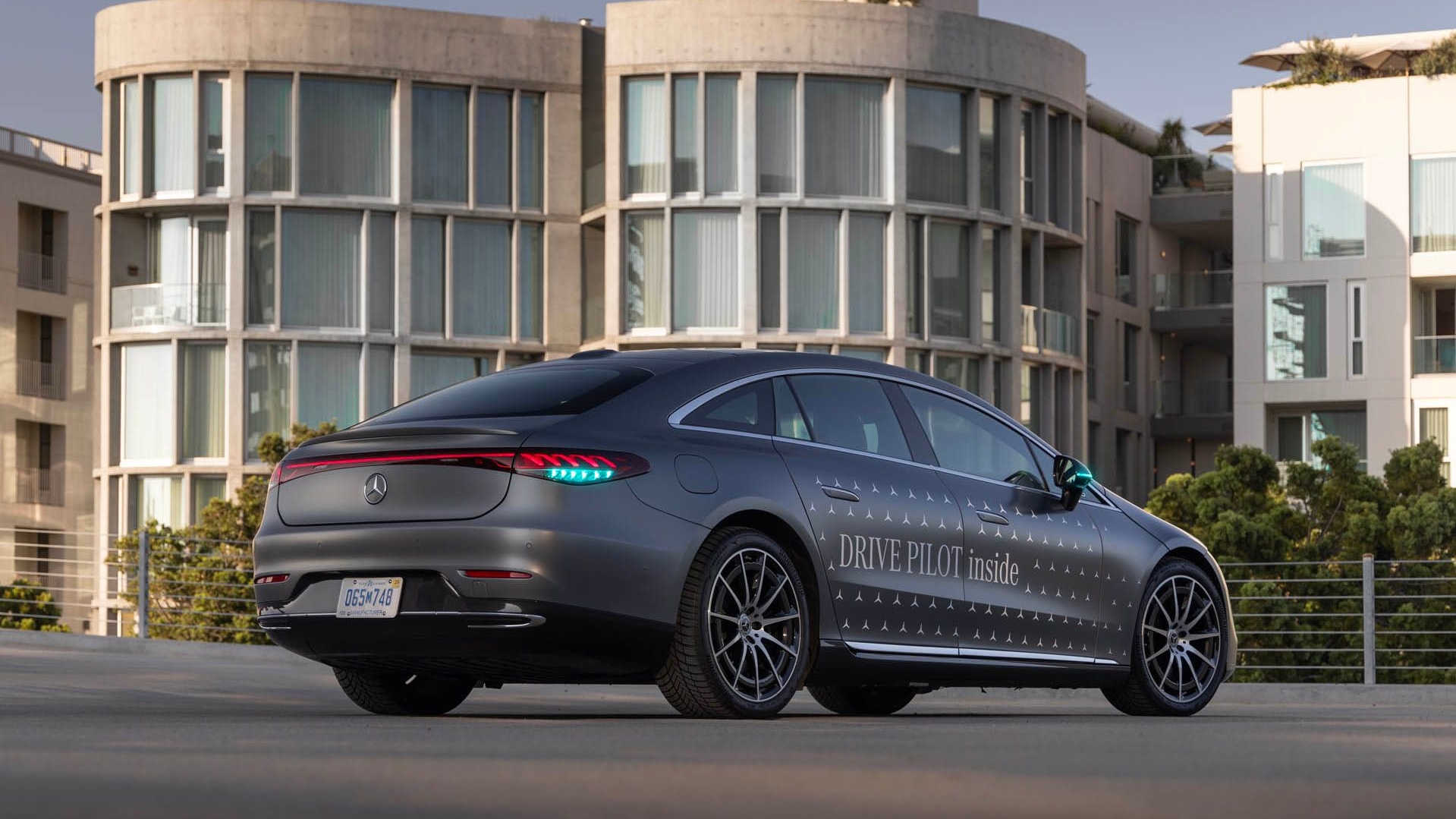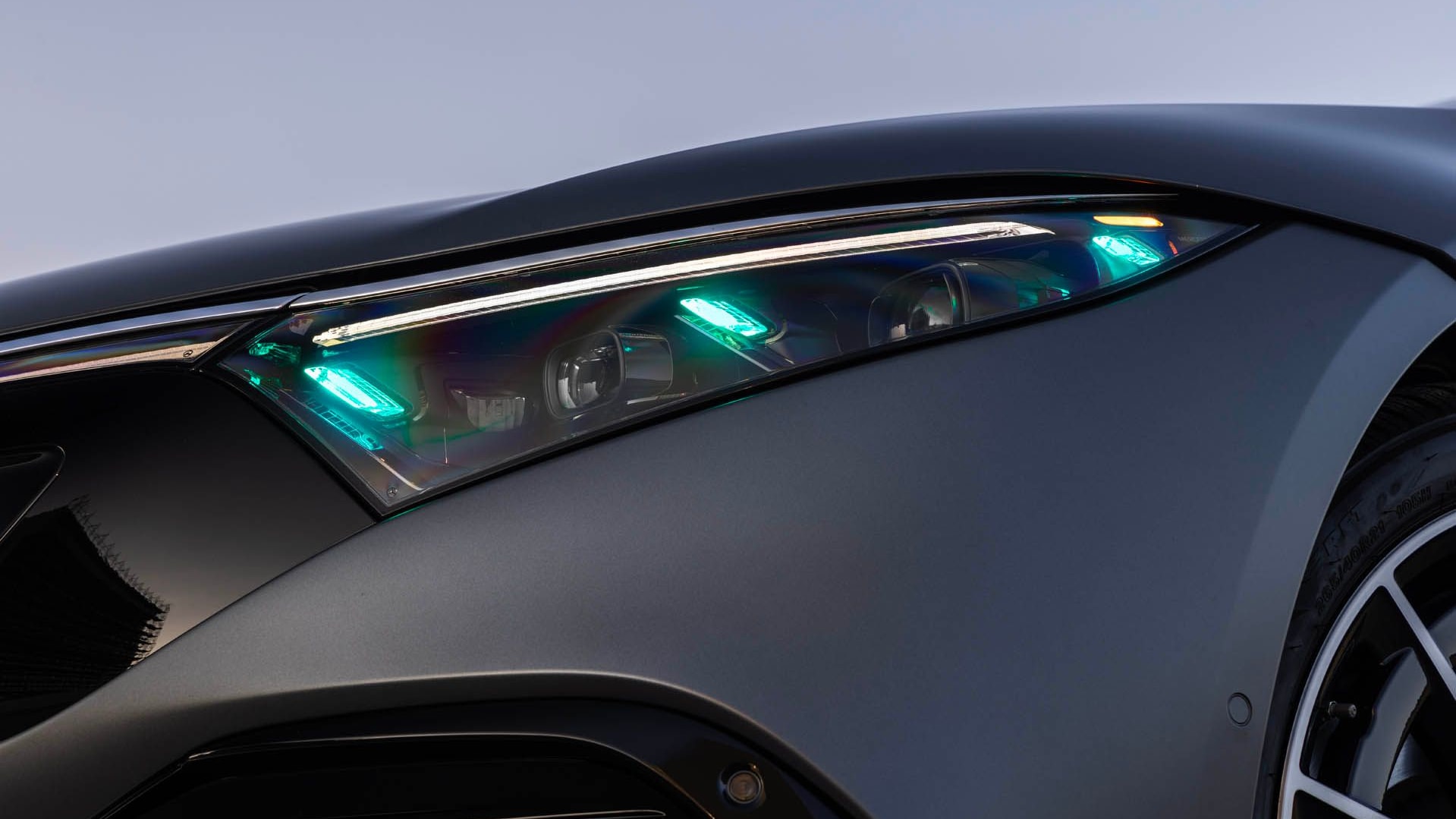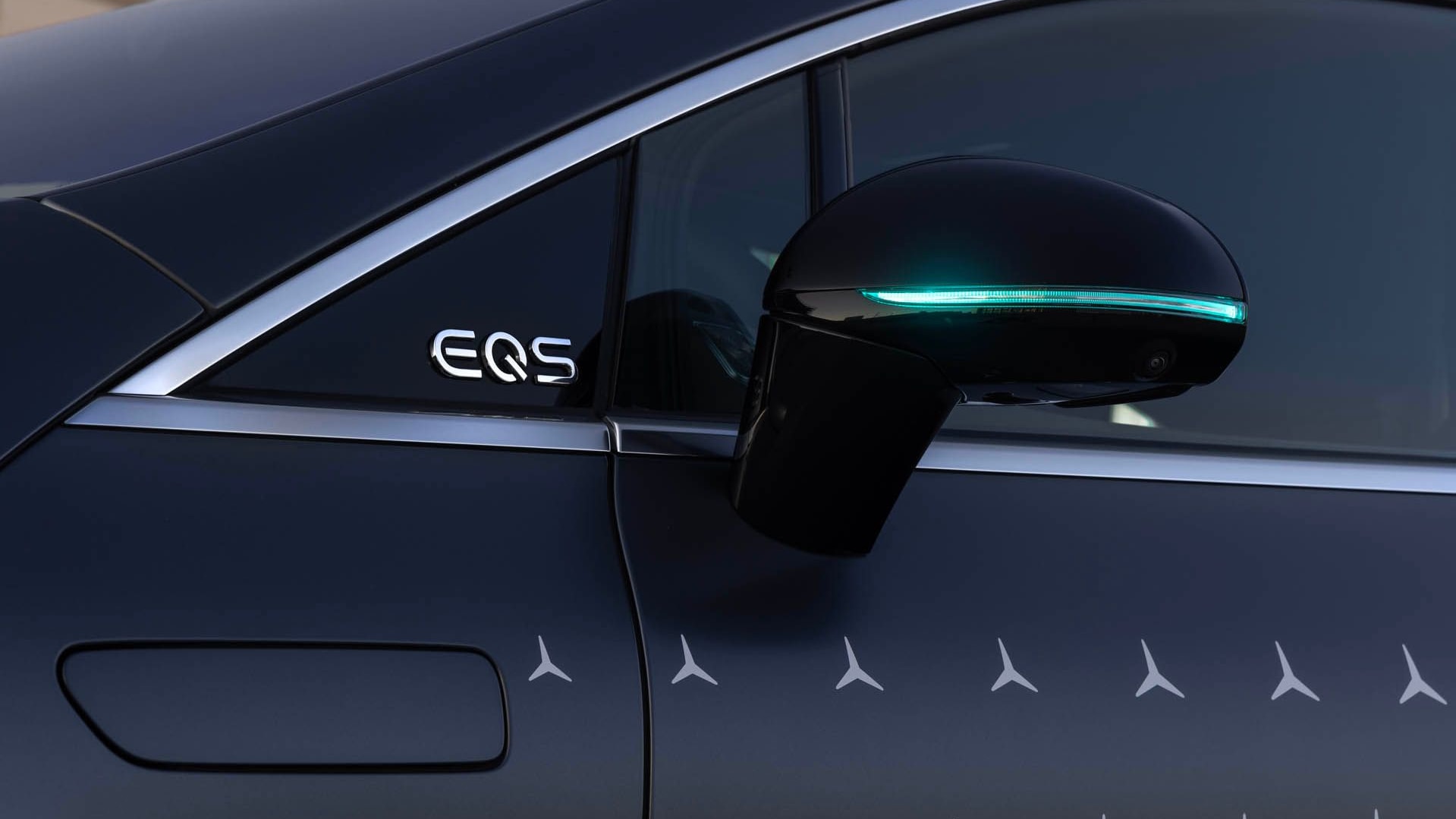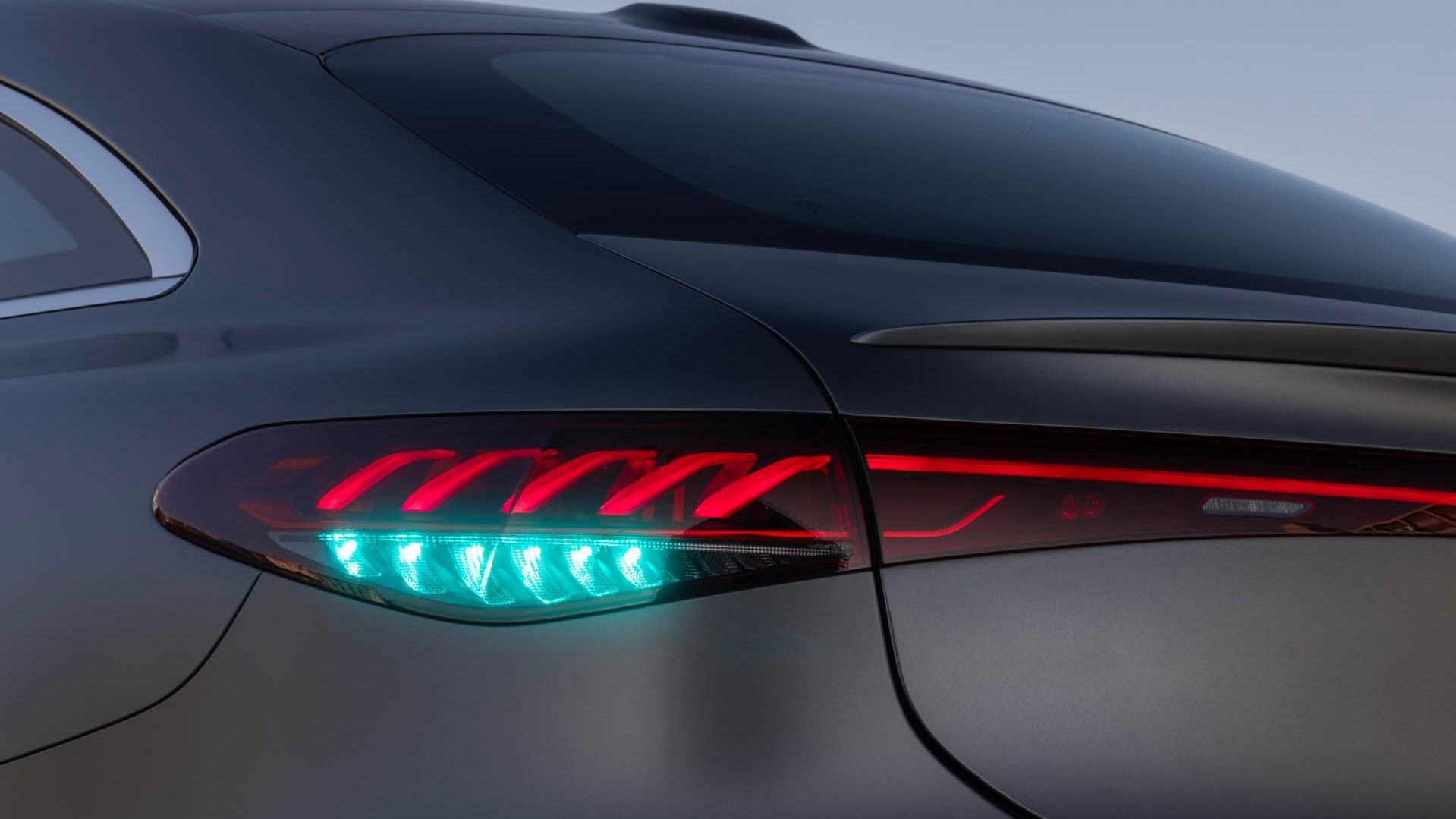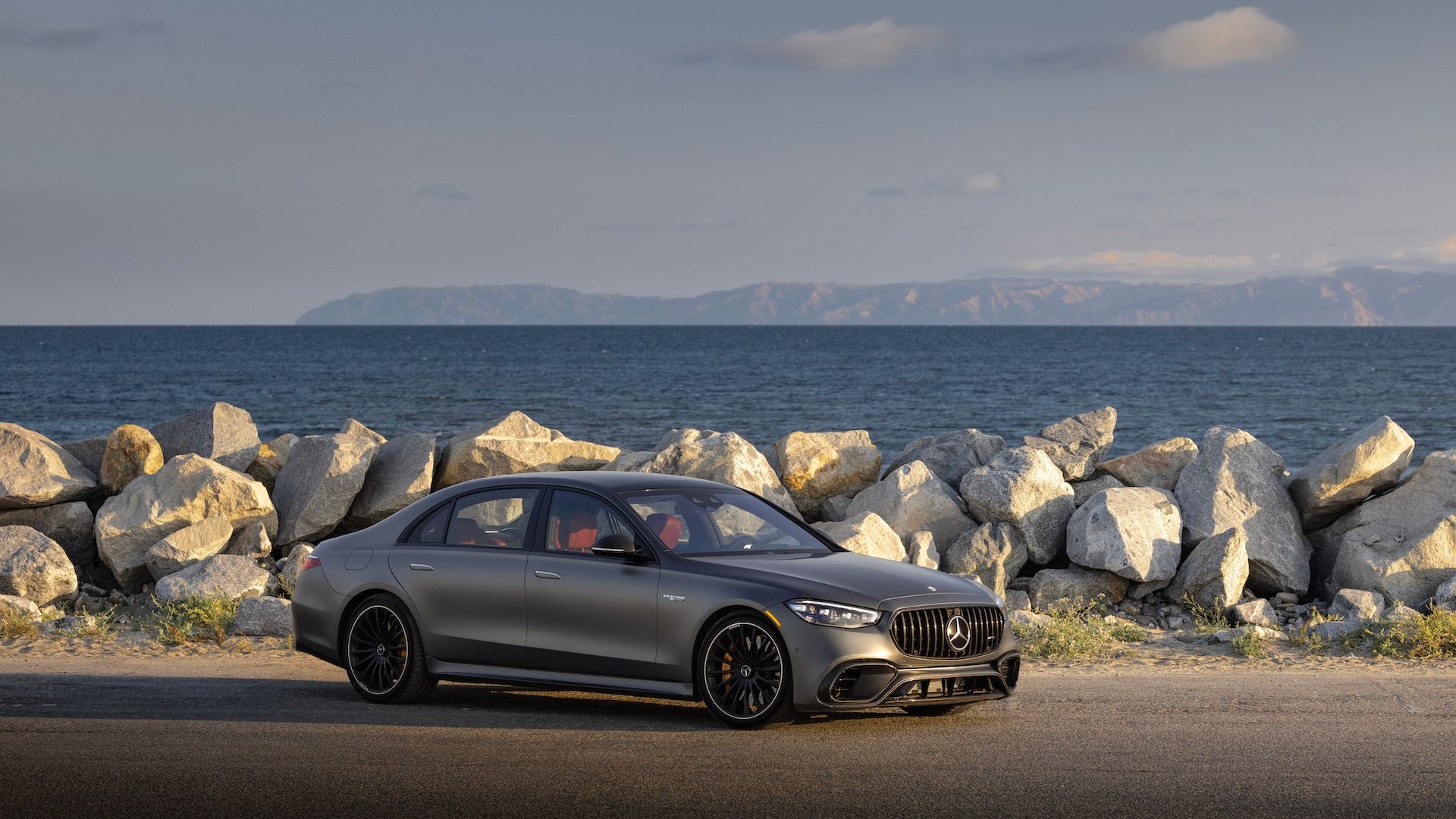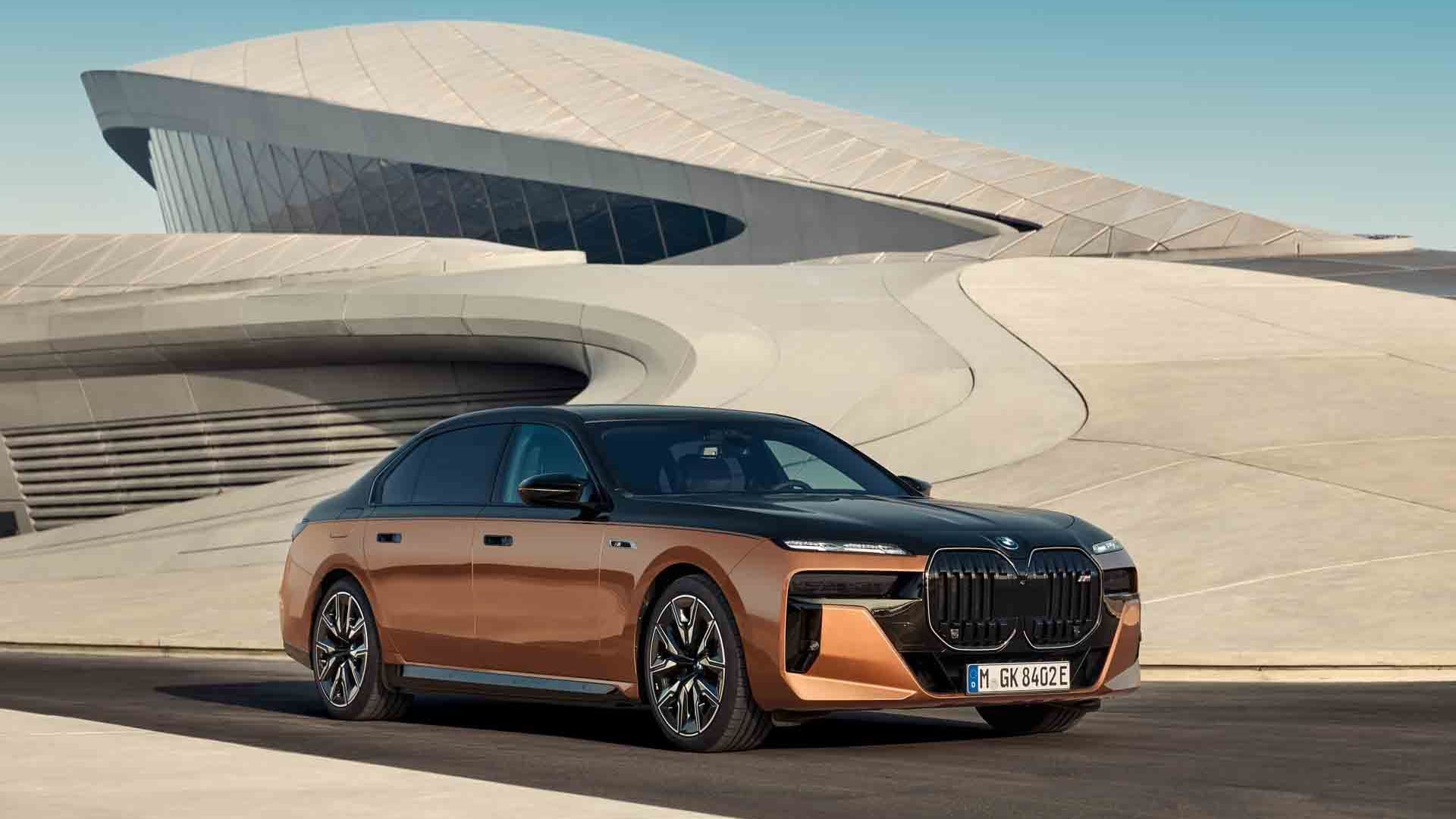Like a learner driver displaying L signs on their vehicle to warn other road users to be cautious around them, Mercedes-Benz is implementing turquoise-colored lights to communicate when a vehicle is operating in an automated driving mode.
Such a system is coming to the roads soon, at least in California and Nevada where Mercedes has been given approval for use of special exterior lighting on its vehicles with automated driving modes.
Currently those vehicles are the 2024 EQS and 2024 S-Class, both of which have an SAE Level 3-rated automated driver-assist feature that delivers true eyes-off, hands-off capability at up to 40 mph on select highways.
The technology, known as Drive Pilot, will only function in California and Nevada when it comes to the U.S., due to a suitable regulatory environment in those states. It has also been launched in Mercedes' home market of Germany. Mercedes this week was also granted permission to test Drive Pilot on public roads in Beijing, China.
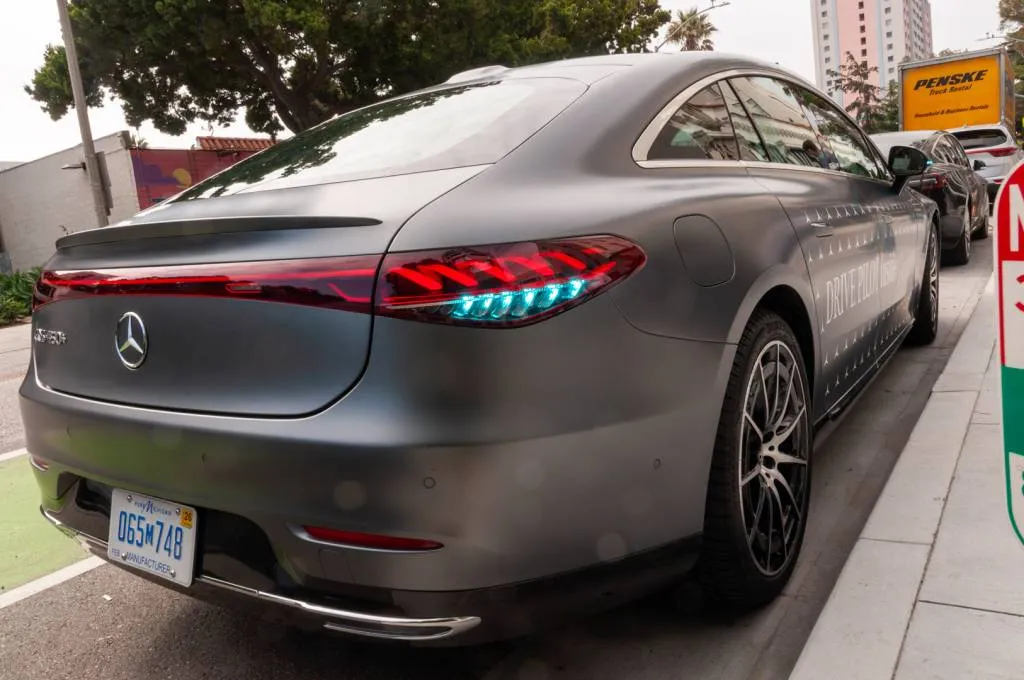
Mercedes-Benz Drive Pilot
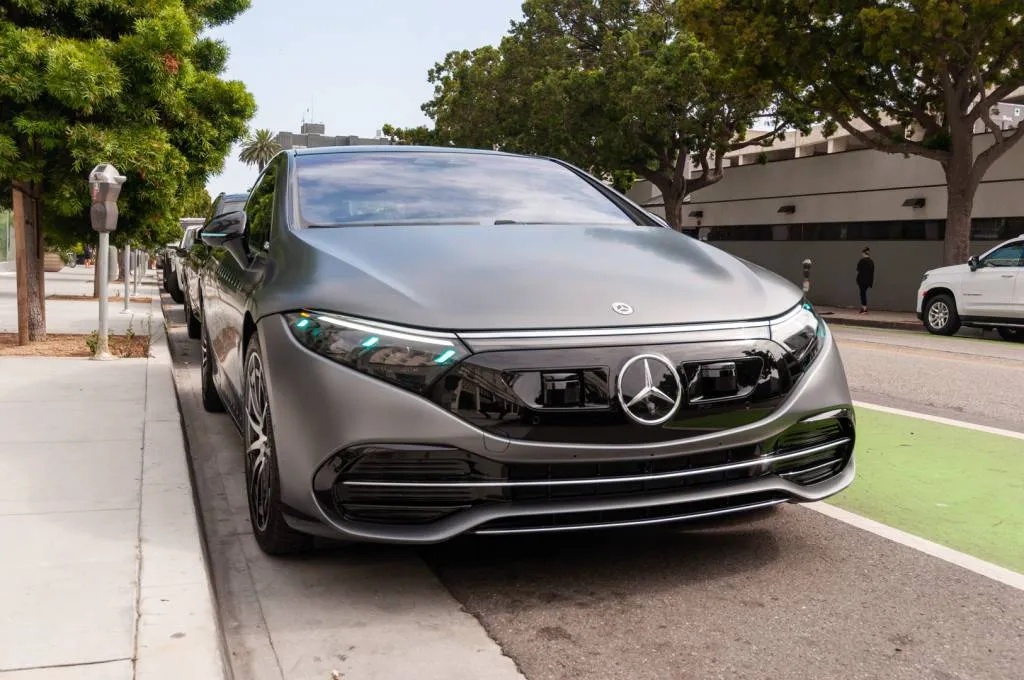
Mercedes-Benz Drive Pilot
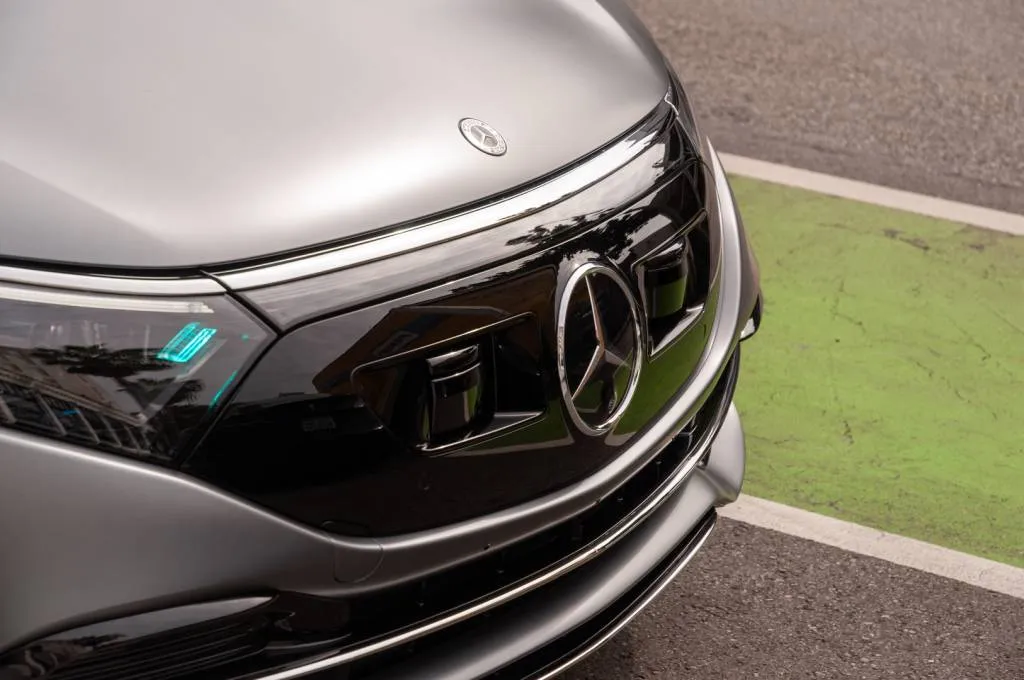
Mercedes-Benz Drive Pilot
In California, Mercedes will only be able to use the turquoise lights for testing purposes, for an initial period of two years. In Nevada, it will be allowed on vehicles sold to the public, starting with the 2026 model year.
Mercedes wants the industry to standardize turquoise-colored lights to communicate when a vehicle is operating in an automated driving mode. According to the automaker, the color has both physiological and psychological benefits over other colors, one of which is a clear differentiation from existing vehicle lighting and traffic signals such as traffic lights or emergency lighting. The SAE also has the J13134 standard that outlines a vehicle driving with a Level 3 system engaged can use turquoise exterior lights to communicate that the vehicle's automated driving mode is active.
Automakers have looked at various methods for an automated vehicle to communicate with other road users. These have ranged from lights to digital displays and animations and even a system that mimics human eyes. So far, only Mercedes has progressed to having a system allowed to operate on public roads.

